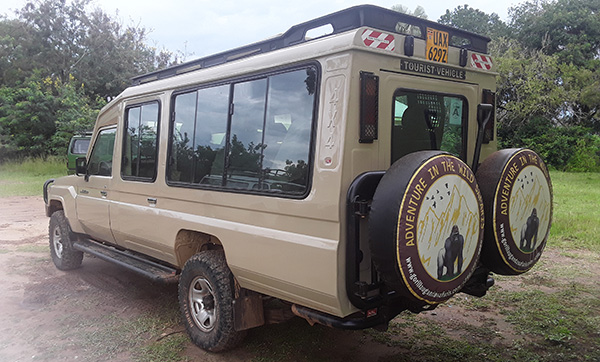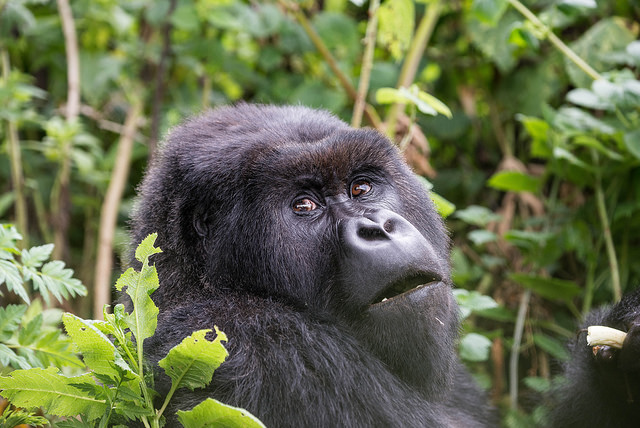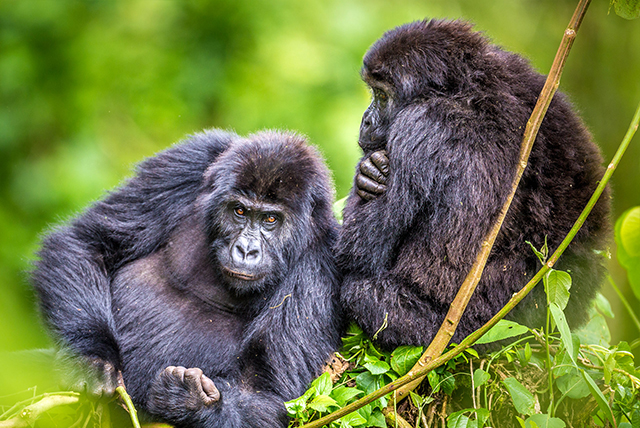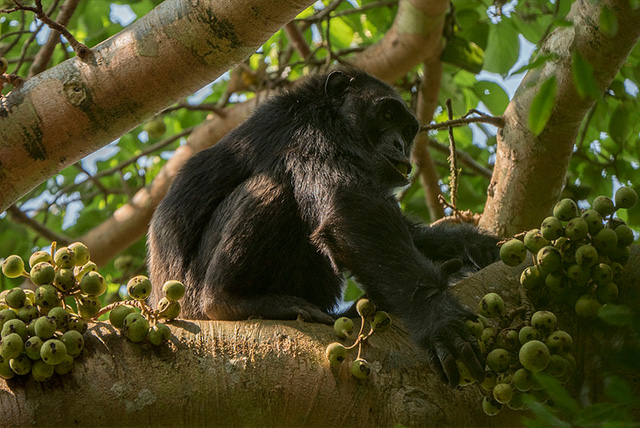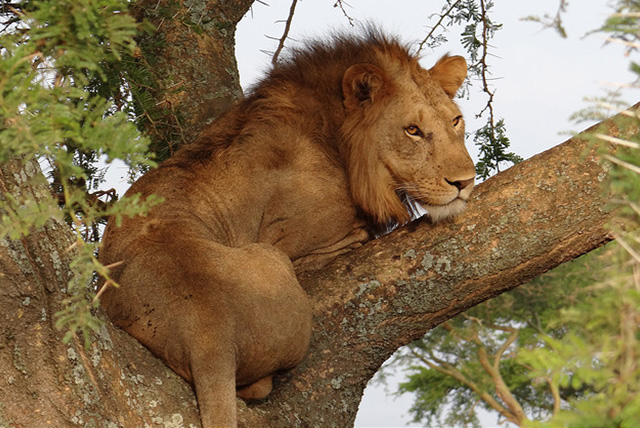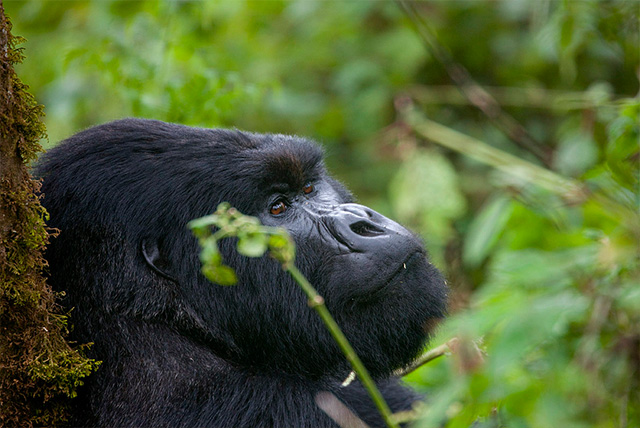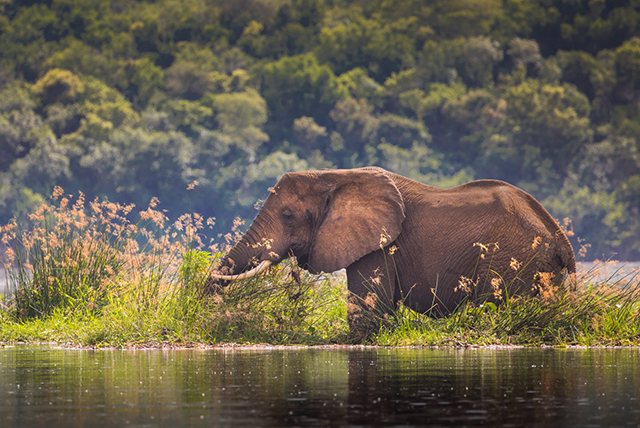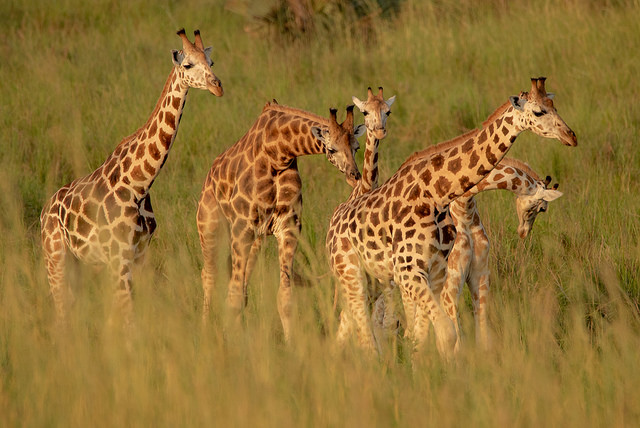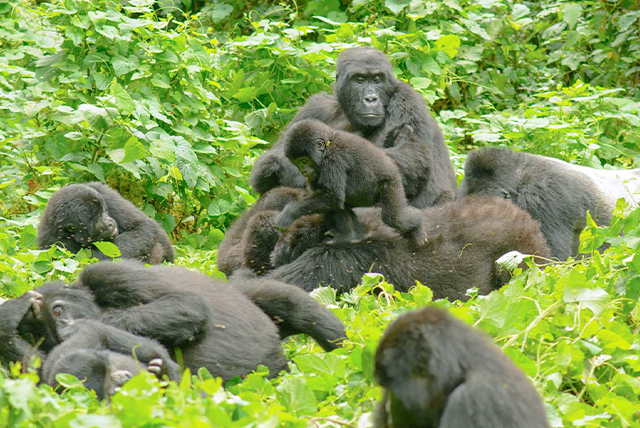Wildlife in Kenya
Kenya provides superb wildlife watching opportunities, with the Big Five frequently sighted on safari. The Masai Mara National Reserve is well renowned for hosting the Great Migration from July or August to October. It is also one of the best spots in Africa to watch large cats. White rhinos can be spotted at Lake Nakuru and Nairobi National Parks, and elephants are widespread in many areas, particularly Amboseli National Park. Flamingos flock to the lakes of Bogoria and Nakuru, as well as Amboseli.
Wildebeest Migration
The wildebeest migration is one of Africa’s greatest wildlife displays. Approximately 2.5 million hoofed mammals (mostly wildebeest and zebra, but also Thomson’s gazelle) roam the Mara-Serengeti habitat. They are frequently present in Kenya between July or August and October. The crossing of the Mara River is the pinnacle of the migration, but seeing the massive herds filling the savannah to the horizon is awe-inspiring in terms of nature’s bounty.
Wildlife Highlights
Samburu National Reserve and Meru National Park in the north are home to a variety of dry-country fauna. These include the odd-looking, long-necked gerenuk, as well as Grevy’s zebra and reticulated giraffe, all of which are magnificent variations on more common species seen throughout Kenya. Tsavo East and Tsavo West National Parks feature the uncommon fringe-eared oryx, while the Laikipia Plateau is good for northern rarities, as well as black and white rhinos.
Best time for wildlife viewing
Kenya has excellent wildlife viewing opportunities all year, but the Dry season (June to October) is the best. This corresponds to the wildebeest migration in the Masai Mara. The exact time varies, but the herds are often present in Kenya from July or August until October, when the animals begin to migrate back into Tanzania. Tourism is also at its peak during these months. Birding is normally best between November and April, when migratory species are present.

